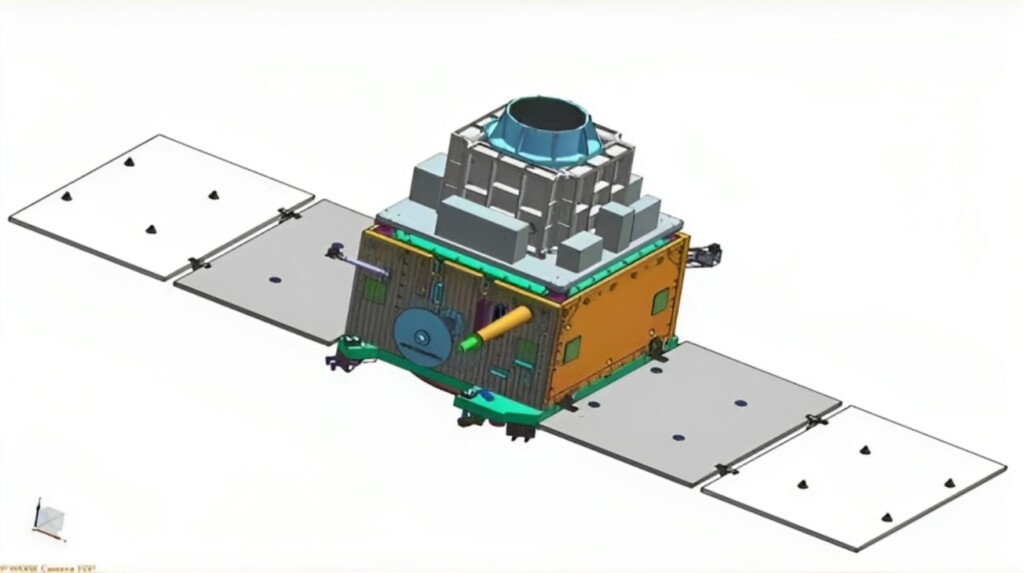The Indian Space Research Organisation (ISRO) is expected to kick off the New Year by launching its first polarimetry mission, XPoSat, on January 1. This mission will mark the country’s third space-based observatory, following the recent launch of the solar mission Aditya-L1 and AstroSat in 2015.
The primary objective of this mission is to study the polarization of astronomical X-rays, which can provide valuable insights into the processes that led to their emissions. By analyzing the fluctuations in light from celestial sources and the energy radiated by them, this observatory will contribute to our understanding of various astronomical phenomena. It will also aid in unraveling the emission mechanisms of objects like black holes and neutron stars, which are the collapsed cores of massive stars.
The planned life of the mission is five years.
It will be deployed in a low earth orbit and carry two payloads, namely POLIX (Polarimeter Instrument in X-rays) and XSPECT (X-ray Spectroscopy and Timing). POLIX is specifically designed to observe in the energy range of 8-30 keV and is expected to gather data from approximately 40 bright astronomical sources of various categories throughout its planned lifespan, as stated by the ISRO.
On the other hand, XSPECT utilizes spectroscopy, a method of observation that analyzes the electromagnetic spectrum produced by different types of matter.
In 2021, the US space agency NASA launched its polarimetry satellite, the Imaging X-ray Polarimetry Explorer (IXPE), which operates in the energy range of 2-8 keV. The ISRO explains that IXPE and XPoSat will complement each other and enable coordinated observations of phenomena across a broad energy spectrum of 2-30 keV.
Since the Indian space sector opened up to private players, ISRO has witnessed an increase in the number of scientific missions it has undertaken. In 2023, Chandrayaan-3 successfully landed on the South Pole of the Moon, and ISRO also launched a satellite towards the L1 point between the Earth and the Sun to facilitate uninterrupted observations.
In addition to these two missions, ISRO has embarked on five other missions, including the successful maiden flight of SSLV, a navigational satellite for the Indian GPS-like service, and a commercial mission utilizing its heaviest LVM3 vehicle.
